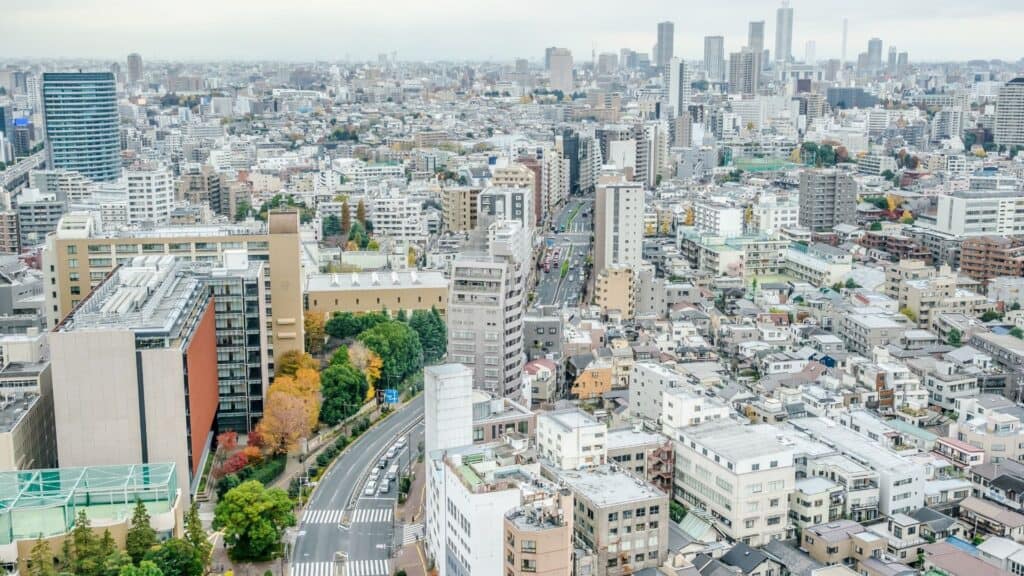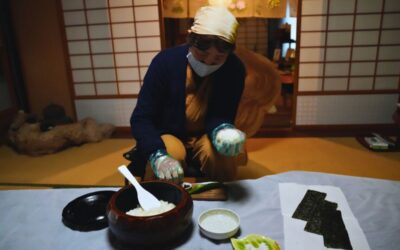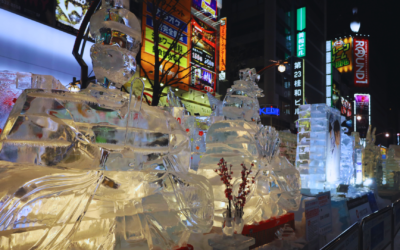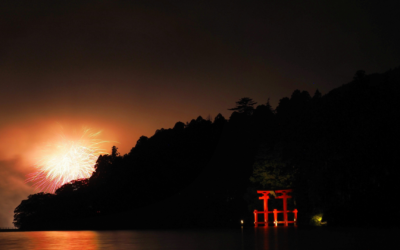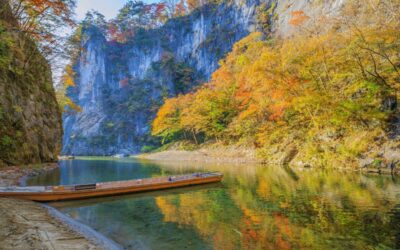Nestled within Tokyo, Bunkyo Ward is one of the city’s 23 distinct wards, each offering its own charm and cultural treasures. This diverse neighborhood boasts a rich tapestry of unique areas and attractions, making it a must-visit destination for anyone exploring the metropolis.
From the historic streets of Kagurazaka to the tranquil beauty of Koishikawa Korakuen Gardens, Bunkyo Ward encapsulates the essence of Tokyo’s past and present. Whether you’re curious about its vibrant cultural scene, seeking recommendations for top-notch accommodations, or eager to delve into its storied history, this guide is your gateway to uncovering all that Bunkyo Ward has to offer. Join us as we embark on a journey through this dynamic and multifaceted district, where every corner reveals a new adventure waiting to be explored.
A Quick Primer to Bunkyo Ward

Bunkyo-ku is located uptown in the heart of Tokyo, home to the University of Tokyo, Japan’s foremost academic institution, and many other prestigious schools, making it the literary capital of Tokyo.
In the city, some tower blocks attract celebrities, but Bunkyo-ku, nestled in the centre, boasts high land prices, becoming an upper-class enclave where only the wealthy can afford homes. Many high-earning professionals, particularly doctors and lawyers, reside in Bunkyo-ku.
Conversely, numerous pre-World War II wooden houses and apartments remain, housing long-term residents and students alike in boarding houses.
The average annual income of Bunkyo Ward residents stands at 5.44 million yen, ranking fifth among Tokyo’s 23 wards, following Minato, Chiyoda, Shibuya, and Chuo. The presence of a sizable student population keeps the average income lower than expected.
History of Bunkyo Ward
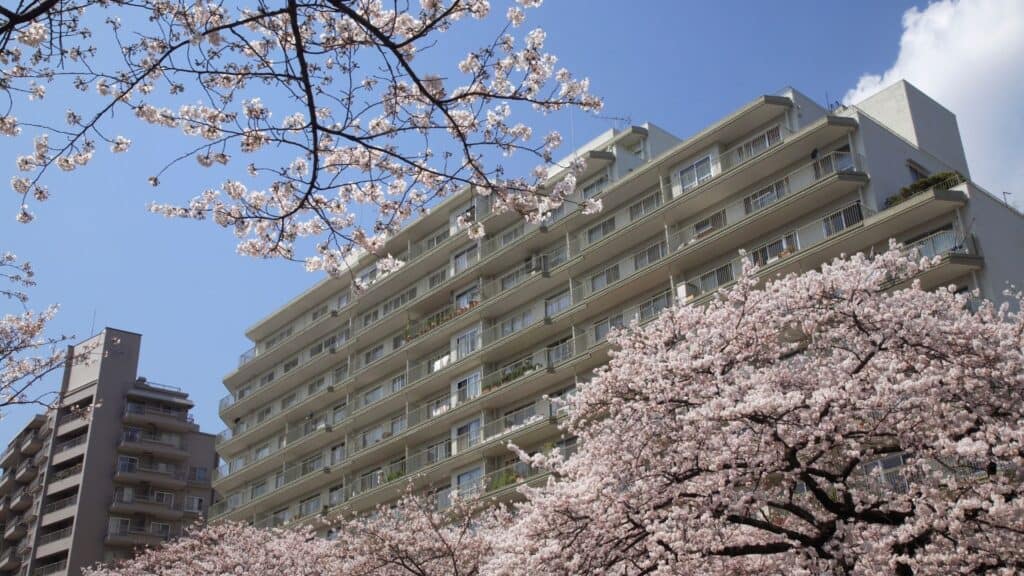
As suggested by its name, Bunkyo-ku residents exhibit a strong elitist consciousness. Families passionate about education relocate here with hopes of their children attending the University of Tokyo and becoming elite professionals such as doctors or ministers.
The Nezu Amusement Center, once near the University of Tokyo, relocated to Fukagawa Suzaki Benten-cho (now Toyo, Koto-ku).
Characteristics of Bunkyo Ward
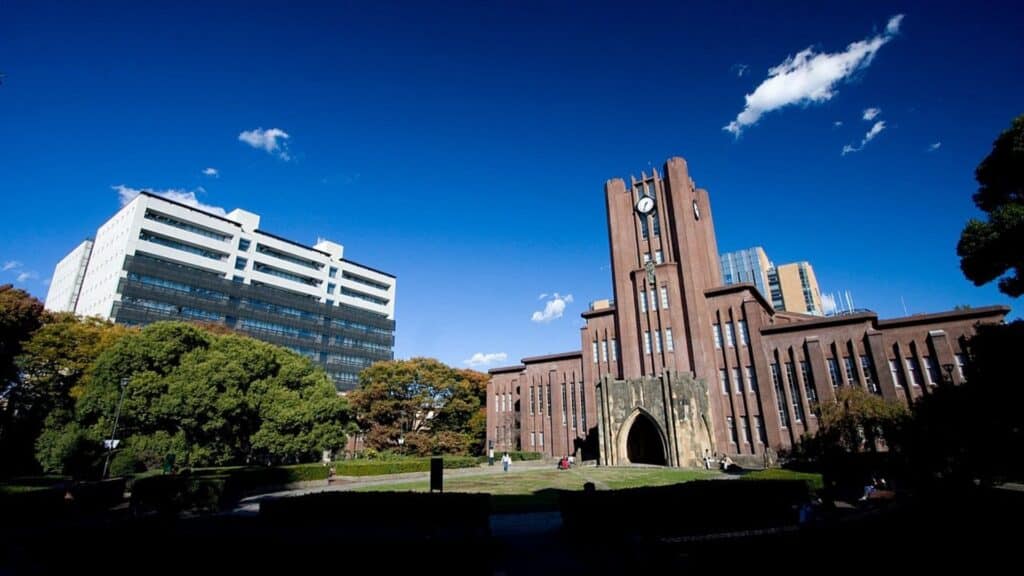
Bunkyo Ward is distinguished by its educational institutions, art galleries, museums, and facilities fostering an excellent environment for child-rearing. Many residents, with a strong emphasis on education and culture, contribute to the area’s enriched environment.
Bunkyo-ku also serves as a hub for literary figures, with many writers gathering around Hongo, near the University of Tokyo, leaving behind notable works. Among them are renowned figures like Soseki Natsume, Ogai Mori, Yasunari Kawabata, and Rohan Koda, along with numerous others, making Bunkyo-ku a literary haven.
Areas and Stations of Bunkyo City Ward
Along the Marunouchi Line
Korakuen 後楽園:
The central area of Bunkyo-ku houses key facilities such as the Bunkyo Ward Office, Tokyo Dome City, LaQua, and Koishikawa Korakuen. The observation deck at Bunkyo Civic Center offers a stunning view, contrasting with Toei Bunkyo Masago Apartments nearby. Kasuga Station on the Toei Subway is also situated here.
Hongo 3-chome 本郷三丁目

Closest to the University of Tokyo’s Hongo Campus, this station offers a vibrant shopping street leading to the university’s iconic red gate. “Ochudai Yokocho,” a nearby alley, hosts several old boarding houses, including the legendary Hongokan, over a century old, and the former residence of Ichiyo Higuchi on Kikuzaka.
Ochanomizu 御茶ノ水
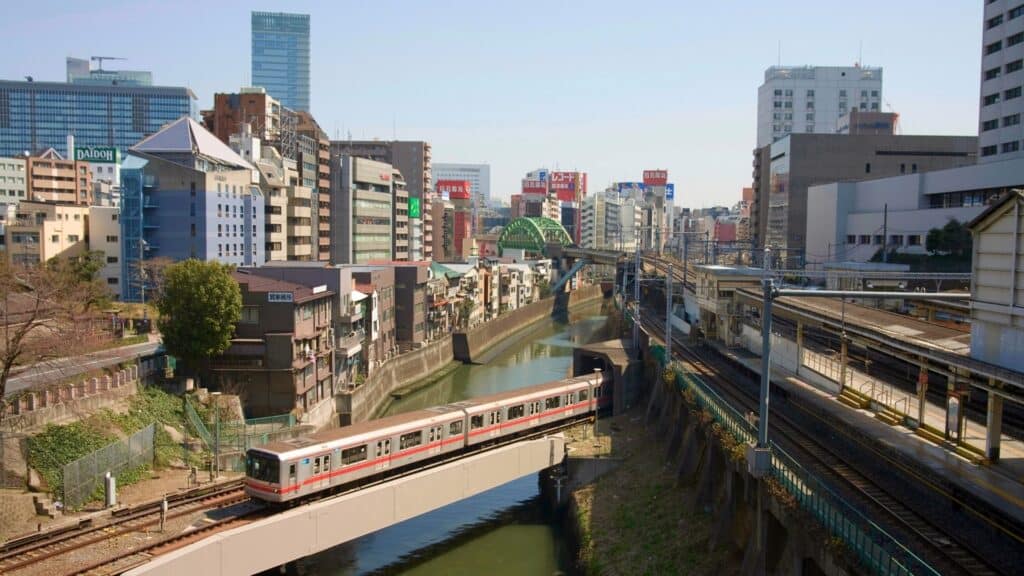
A hub for education, featuring a musical instrument district, Sundai Prep School, and universities such as Nihon University and Meiji University. On the Bunkyo Ward side, institutions include Yushima Seido, the University of Medical and Dental Sciences, and Juntendo University. Seibashi Bridge and Akihabara Electric Town views from Kanda River are recommended.
Myogadani 茗荷谷
Historically known for myoga (Japanese ginger), it’s now a student-centric area with institutions like Ochanomizu University, Atomi Gakuen, Takushoku University, and the University of Tsukuba. Nearby, “Gyudon Taro,” a local fixture, and the Jizo statue add to its charm. Kohinatai, an upscale residential district, is also within walking distance.
Shin-otsuka 新大塚
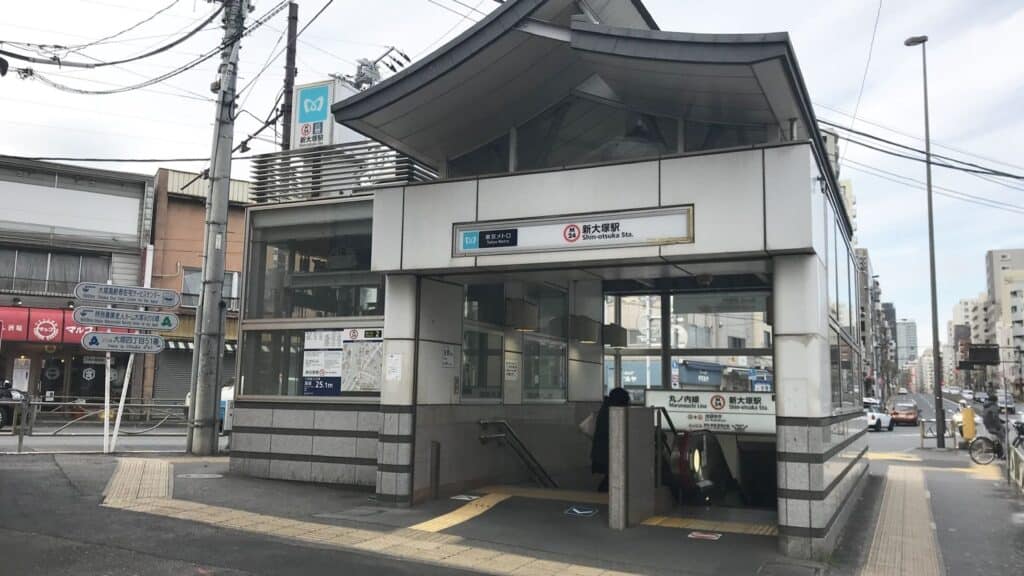
In contrast to the bustling Toshima-ku side, Shin-otsuka on the Bunkyo-ku side of Otsuka Station offers a tranquil residential environment.
Along the Yurakucho and Chiyoda Lines
Edogawabashi 江戸川橋
Edogawabashi derives its name from the Kanda River, formerly known as Edogawa, unrelated to Edogawa Ward. The Jizo-dori shopping street near the station thrives as one of Bunkyo Ward’s busiest spots.
Along the riverbanks, a few bookbinding factories add a downtown flavour, while areas like Sekiguchidai and Mejirodai boast luxurious residences. Notable landmarks include the Tokyo Cathedral of St. Mary, Kakuei Tanaka’s residence, Hatoyama Kaikan, and the renowned Chinzan-so.
Gokokuji 護国寺
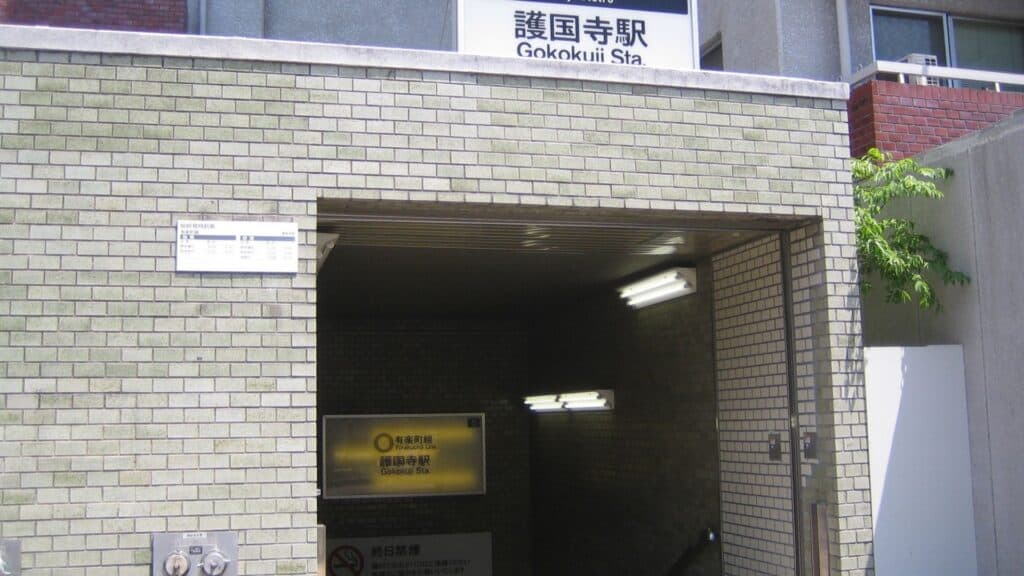
True to its name, Gokokuji Temple stretches near the station. Adjacent to Gokokuji is Toshimaoka Cemetery, a burial ground for royalty.
Yushima 湯島
Yushima, bordering Ueno’s underground scene, stands out as uncharacteristically non-Bunkyo in Tokyo. The area around Yushima Station and Yushima Tenjin Shrine features a district known for love hotels. Notable here is Yushima Hightown, a massive condominium complex from the Showa period (1926-1989).
Nezu 根津
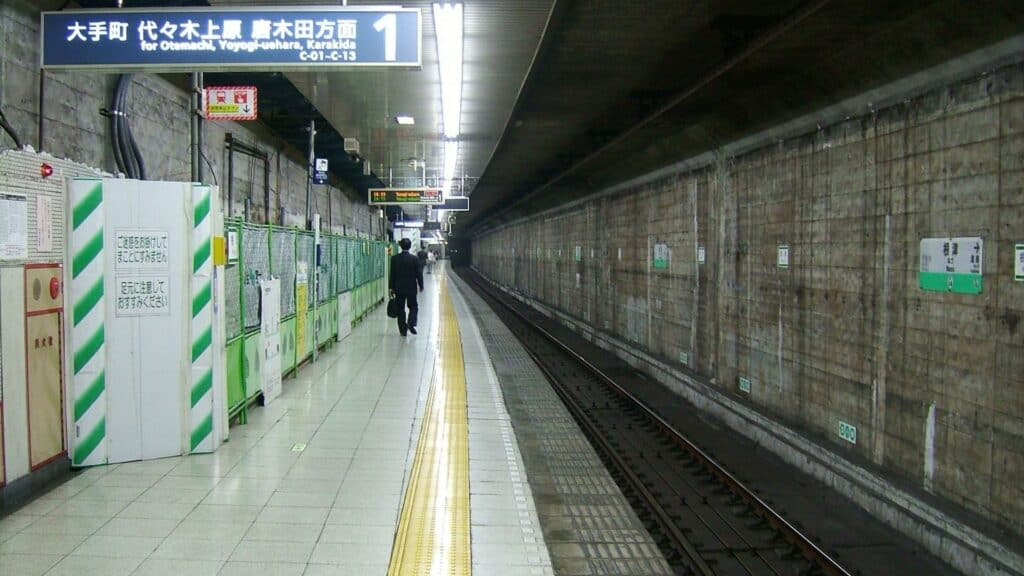
Nezu serves as the gateway to Yanesen, a historic downtown area. It’s closest to Yanaka Teramachi, famed for its traditional atmosphere. Locals frequent the prestigious shish-kebab restaurant, Hantei. The former Nezu amusement quarters near Nezu Shrine were relocated to Suzaki during the Meiji era.
Sendagi 千駄木

Sendagi, the central street of Yanesen, boasts Yanaka Ginza shopping street nearby, a popular tourist destination. Menchikatsu shops draw long queues here. While Sendagi retains a downtown vibe within Bunkyo-ku, rental prices remain relatively high.
Along the Namboku and Toei Mita Lines
Hakusan白山
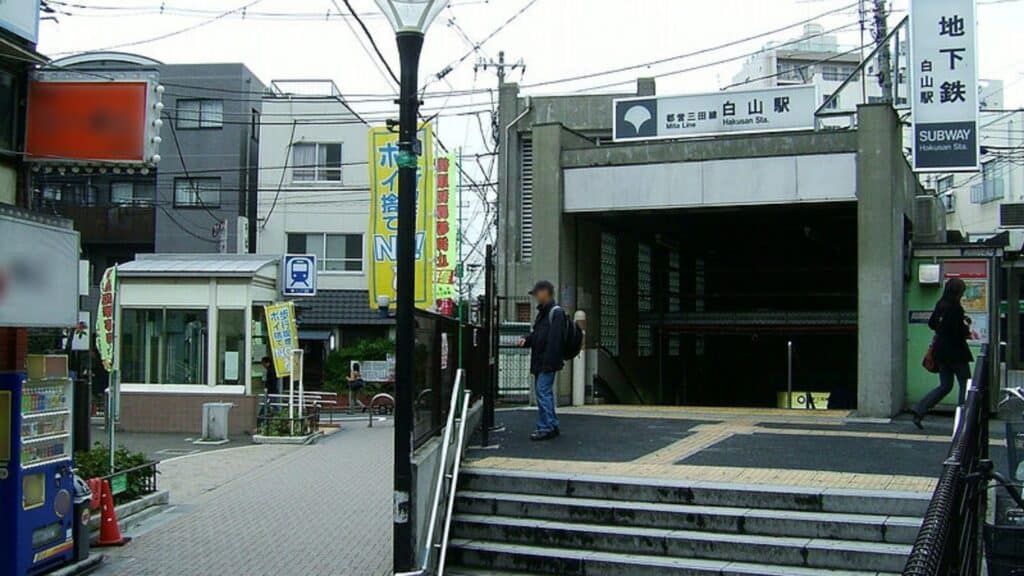
Hakusan Station derives its name from Hakusan Shrine. The Korean Federation of Trade Unions’ Korean Publication Hall once stood on Hakusan Street.
Sengoku 千石

Sengoku, Bunkyo-ku’s most remote area, lacks distinct features apart from its proximity to Sugamo. Sengoku Honmachi Dori, touted as a premier shopping street, often appears deserted.
Todai-mae 東大前
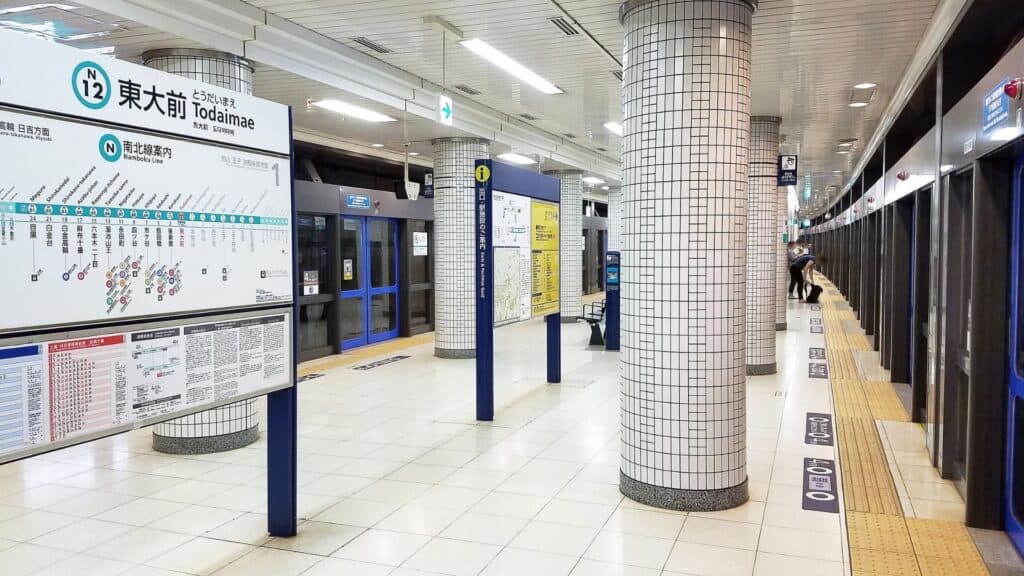
Todai-mae, strictly speaking, is situated opposite the University of Tokyo’s Faculty of Agriculture. The Yayoi Campus and Nishikata, a revered residential area for intellectuals and scholars, attract those with elite inclinations.
Honkomagome
Honkomagome hosts Kichijoji Temple of the Soto sect on Hongo Street, linked to the Kichijoji Temple in Musashino City. Rikugien, a famous Japanese garden, also graces this area.
Things to Do in Bunkyo Ward
Tokyo Dome 東京ドーム
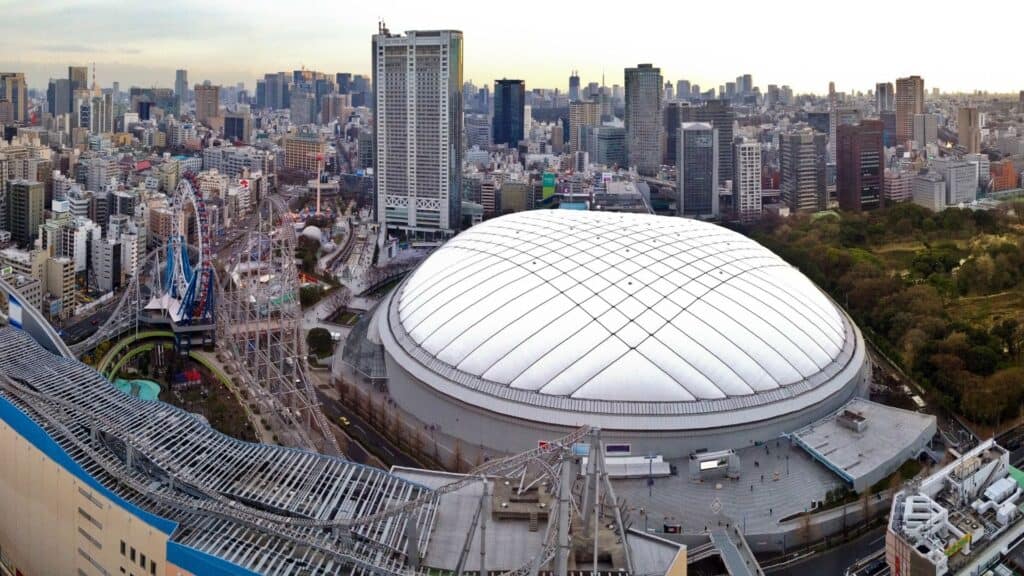
Opened in 1988, Tokyo Dome stands as Japan’s pioneer covered stadium, home to the Yomiuri Giants. Near Gate 21 lies the Baseball Hall of Fame and Museum, showcasing jerseys and memorabilia steeped in baseball history.
Find out more about Tokyo Dome here on Google maps.
Tokyo Dome City 東京ドームシティ
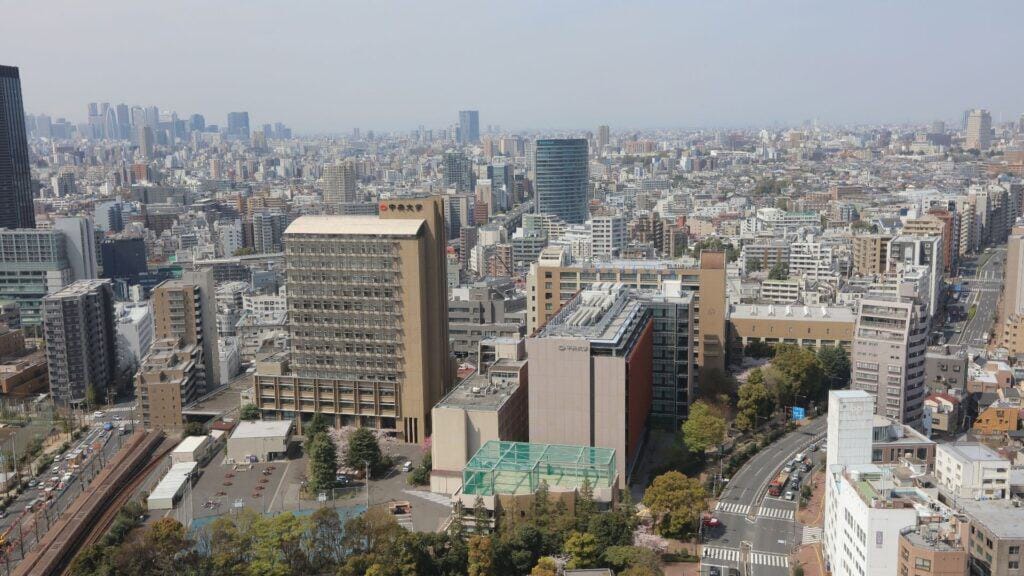
Tokyo Dome City, a comprehensive entertainment hub centred around Tokyo Dome, features Tokyo Dome City Attractions (formerly Korakuen Amusement Park). Attractions include a Ferris wheel, LaQua spa, Korakuen Hall for martial arts, and Tokyo Dome Hotel, with year-round events.
Find out more about Tokyo Dome City here on Google maps.
Rikugien Gardens 六義園
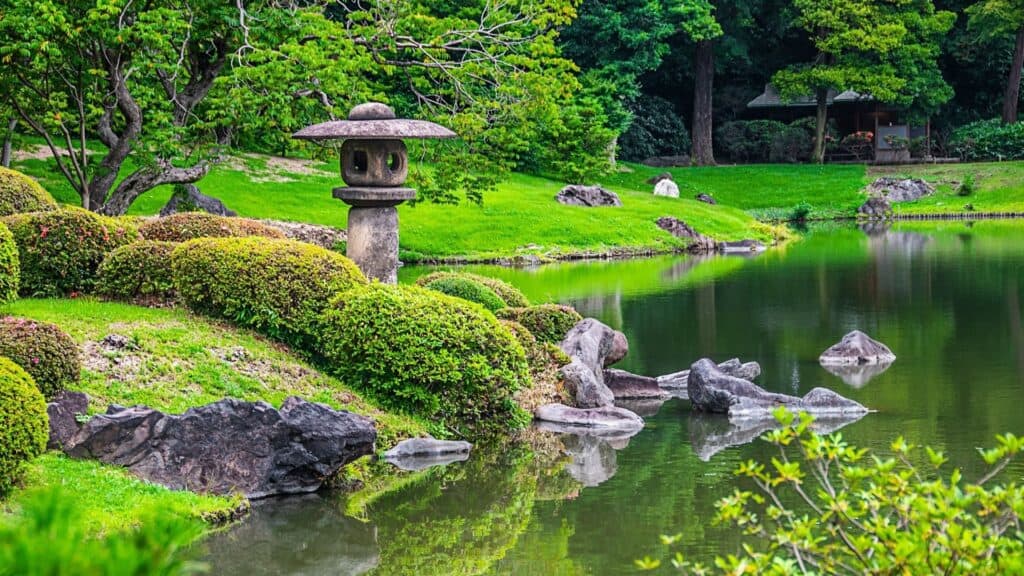
Rikugien, built by Yoshiyasu Yanagisawa during the Tokugawa shogunate, dazzles with undulating landscapes. Known for its azaleas and weeping cherry blossoms, the garden illuminates during cherry blossom and autumn foliage seasons. Its central feature, Oizensui pond, epitomises scenic beauty inspired by Kishu.
Find out more about Rikugien Gardens here on Google maps.
Koishikawa Korakuen Gardens 小石川後楽園
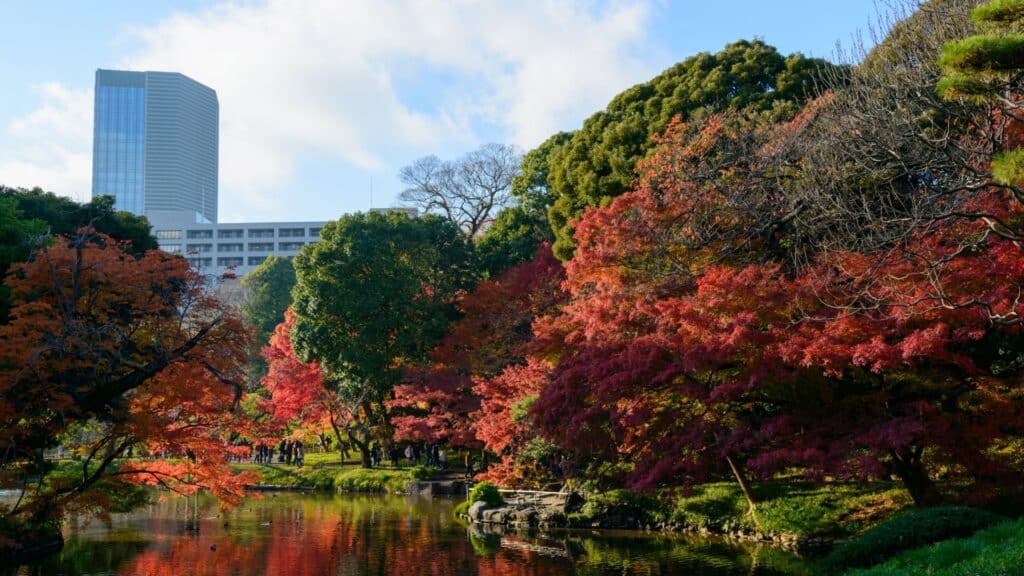
Koishikawa Korakuen, a Japanese garden from the Edo period, sprawls across 70,000 square metres, featuring Oizensui pond resembling Lake Biwa. Plum and cherry blossoms grace its landscapes, infused with Chinese design elements and rural landscapes in the northern part.
Find out more about Koishikawa Korakuen Gardens here on Google maps.
Nezu Shrine 根津神社
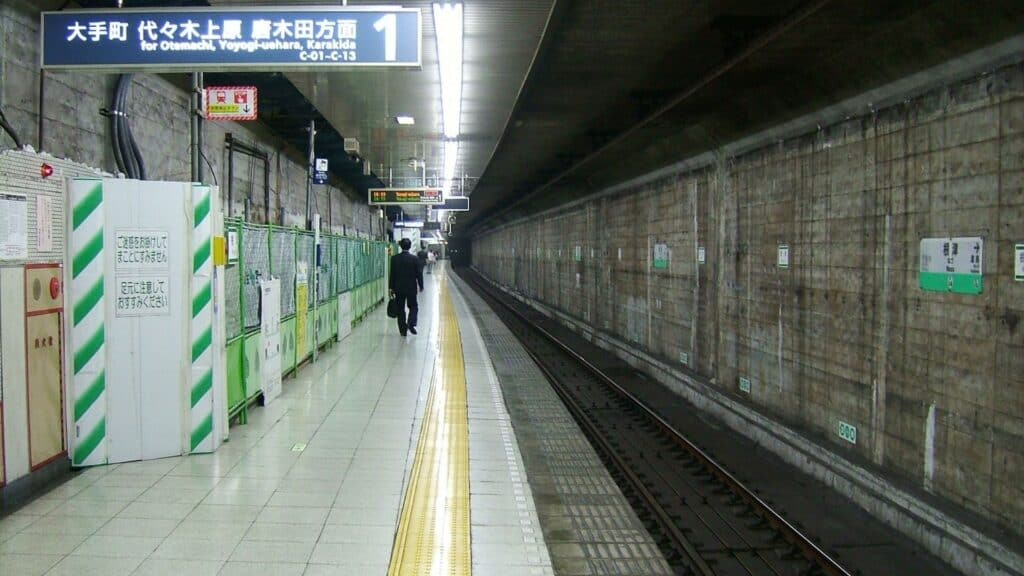
Founded around 1,900 years ago, Nezu Shrine in Bunkyo-ku honours Susano-no-mikoto, Oyamakui-no-mikoto, and Hondabetsumei-no-mikoto. Its lacquered shrine pavilions from 1706 are national cultural treasures. The shrine is renowned for its vermilion-lacquered torii gates, attracting crowds during plum blossom and festival seasons.
Find out more about Nezu Shrine here on Google maps.
Yushima Seido 史跡 湯島聖堂
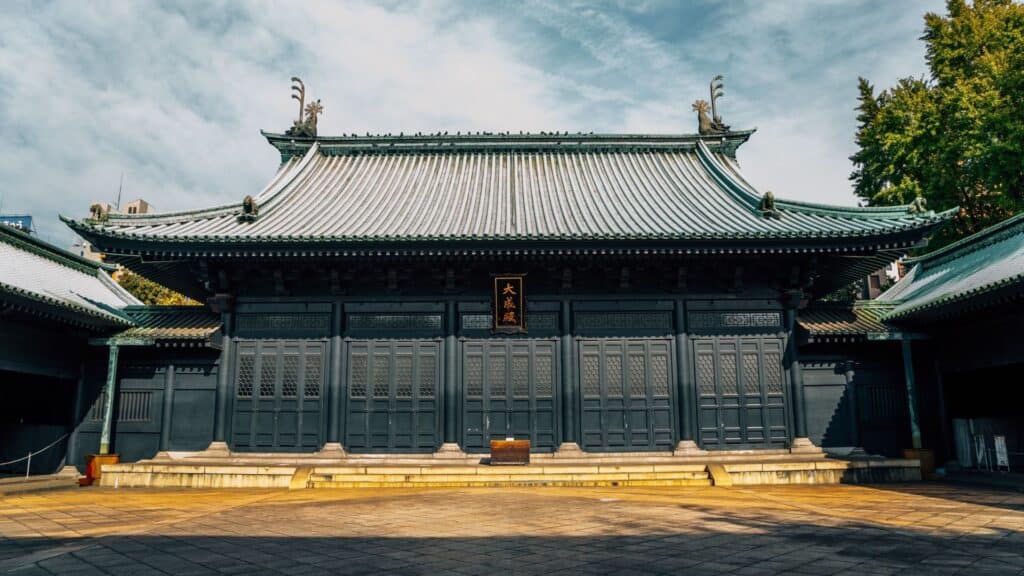
Designated a national historic site, Yushima Seido was established in 1960 by Tsunayoshi Tokugawa to promote Confucian studies. It hosts cultural events such as the Confucius Festival and acupuncture festivals, attracting scholars and visitors alike.
Find out more about Yushima Seido here on Google maps.
Printing Museum 印刷博物館

Located in Suido, Bunkyo-ku, the Printing Museum explores printing history through exhibitions and interactive displays. Its facilities include a music hall, restaurant, and café, offering insights into the cultural impact of printing.
Find out more about Printing Museum here on Google maps.
Eisei Bunko Museum 永青文庫
Eisei Bunko Museum, housed in Mejirodai near Higo Hosokawa Garden, exhibits art and historical artefacts from the Hosokawa family. Seasonal exhibitions explore various themes throughout the year.
Find out more about Eisei Bunko Museum here on Google maps.
Yushima Tenjin Shrine 湯島天満宮

Yushima Tenjin Shrine in Yushima, Bunkyo-ku, venerates Sugawara no Michizane, known for academic success. The shrine’s scenic grounds, depicted in ukiyo-e paintings, attract visitors during the Plum Blossom Festival in February and annual festivals in September.
Find out more about Yushima Tenjin Shrine here on Google maps.
Denzuin 傳通院

Denzuin in Koishikawa, Bunkyo-ku, founded in 1415, honours Odai-no-kata, mother of Tokugawa Ieyasu. It houses graves of Tokugawa family members, including Senhime, daughter of the second Tokugawa Shogun.
Find out more about Denzuin here on Google maps.
TeNQ Space Museum 宇宙ミュージアム
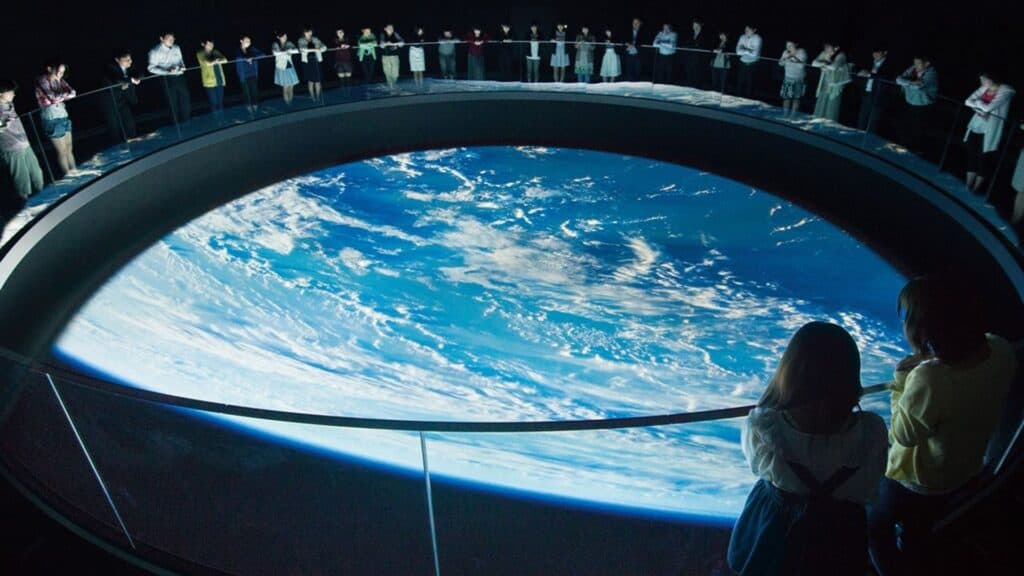
Located in Tokyo Dome City, TeNQ Space Museum offers interactive exhibits and a unique theatre experience. Visitors explore space-related themes, including collaborations with the National Museum of Emerging Science and Innovation.
Find out more about TeNQ Space Museum here on Google maps.
Events in Bunkyo Ward
Yushima Tenmangu Shrine Plum Blossom Festival
Held annually in early February, the Yushima Tenmangu Shrine Plum Blossom Festival celebrates the arrival of spring with thousands of plum trees in full bloom. Visitors can stroll through the shrine’s grounds adorned with vibrant pink and white blossoms, enjoy traditional performances, and indulge in seasonal treats like plum-flavoured sweets and drinks.
The festival offers a picturesque setting for photography enthusiasts and a peaceful retreat from the bustling city, attracting locals and tourists alike seeking a glimpse of Japan’s early spring beauty.
Nezu Shrine Festival
Nezu Shrine, one of Tokyo’s oldest shrines, hosts its annual festival in mid-September, honouring its Shinto deities with vibrant celebrations. Travellers can experience traditional rituals, including lively processions, ceremonial dances, and music performances.
The festival atmosphere is heightened by food stalls offering local delicacies, arts and crafts vendors, and games for children. Nezu Shrine’s historical significance and cultural displays during the festival provide an enriching glimpse into Tokyo’s spiritual heritage, making it a must-visit cultural event.
Yushima Tenmangu Shrine Annual Festival
The Yushima Tenmangu Shrine Annual Festival, held in early June, commemorates the esteemed scholar Sugawara no Michizane with vibrant festivities. Visitors can witness colourful parades featuring portable shrines (mikoshi), traditional music performances, and martial arts demonstrations.
The festival also includes ritual ceremonies, such as prayers for academic success and prosperity, drawing students and scholars seeking blessings for their studies. With its lively ambience and cultural significance, the Yushima Tenmangu Shrine Annual Festival offers travellers a unique insight into Japan’s reverence for learning and tradition.
Gokokuji Flower Festival
Celebrated in late April to early May, the Gokokuji Flower Festival at Gokokuji Temple showcases the beauty of seasonal flowers in full bloom. Travellers can explore the temple grounds adorned with a variety of colourful flowers, including peonies, azaleas, and cherry blossoms.
The festival features floral exhibitions, tea ceremonies, and cultural performances, providing a serene escape amidst Tokyo’s urban landscape. Visitors can also participate in hands-on activities like flower arrangement workshops and traditional crafts demonstrations, making it an ideal cultural experience for nature enthusiasts and garden lovers.
Recommended Accommodations in Bunkyo Ward
The b suidobashi (3 Stars)
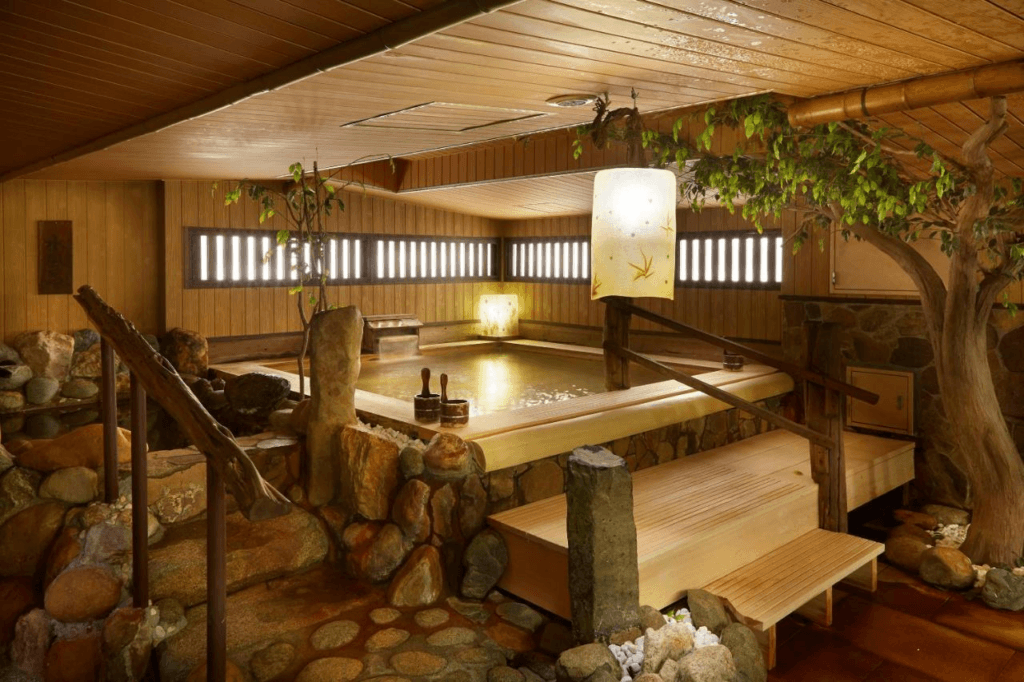
Just a 3-minute walk from Suidobashi Subway Station, the b suidobashi offers rooms with free internet and an attached bathroom. It features a public bath, laundry and a buffet-style breakfast. Tokyo Dome, with its amusement park and shopping mall, is just a 5-minute walk away. Nearby Suidobashi Subway Station offers direct subway access to the Otemachi and Jimbocho areas.
Hotel Wing International Korakuen (3 Stars)
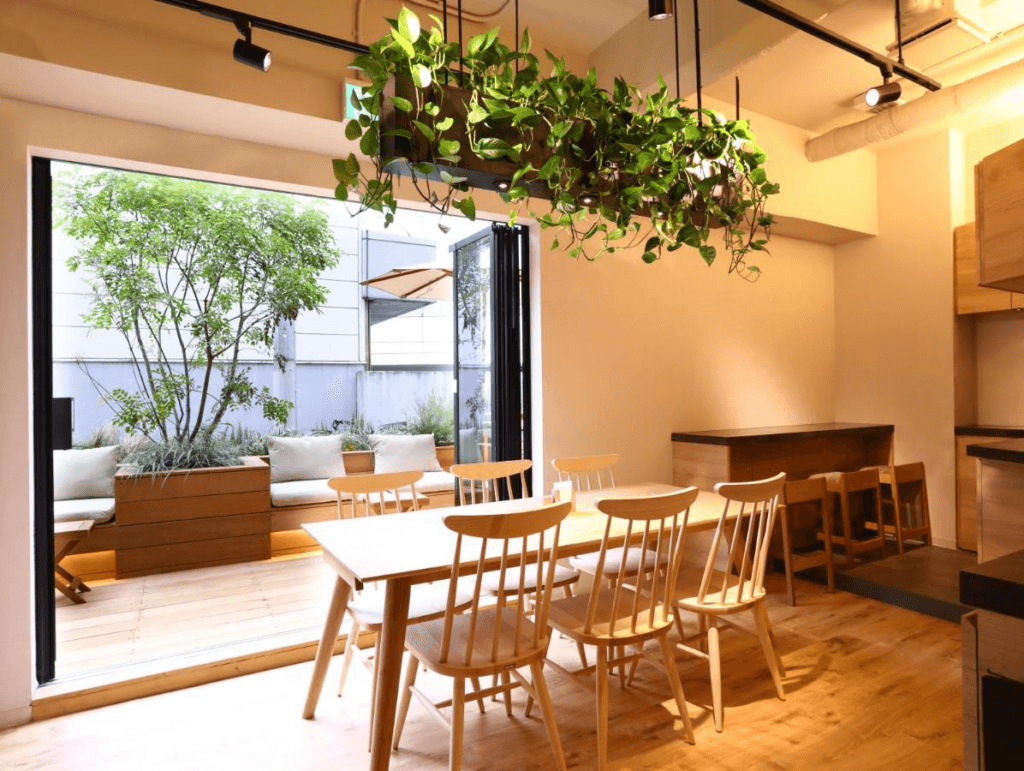
Hotel Wing International is just a 5-minute walk from Korakuen Subway Station and offers rooms with free internet and a flat-screen satellite TV. The hotel is only 300 m from Tokyo Dome, and the Imperial Palace and Yasukuni Shrine are a 10-minute taxi drive away. Nearby Korakuen Station offers direct subway access to Ikebukuro and Ginza.
Hotel Chinzanso Tokyo (5 Stars)
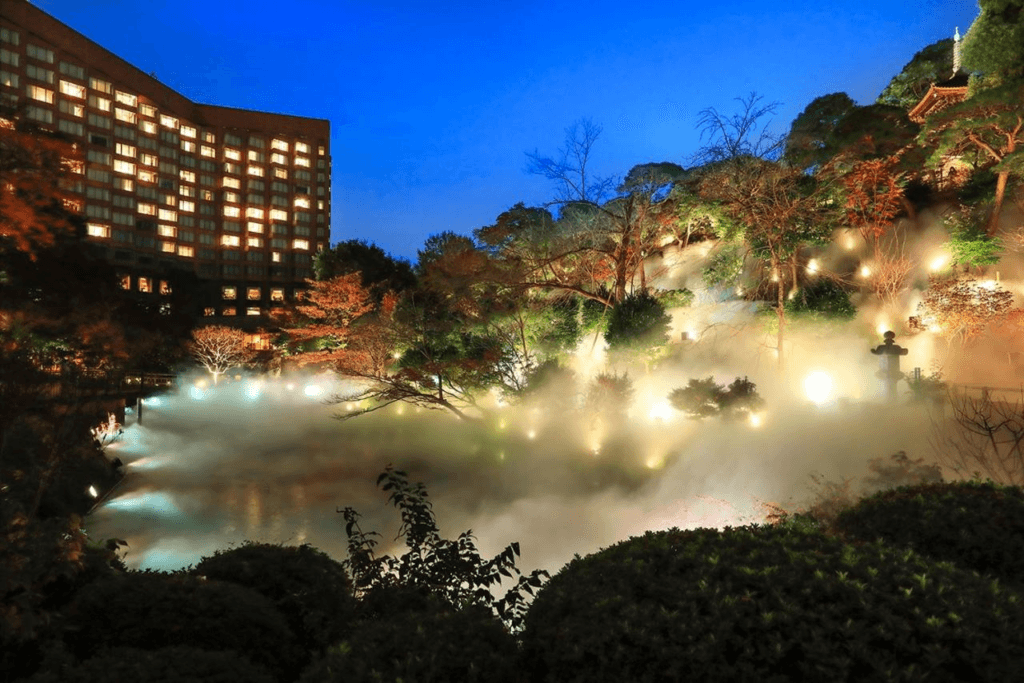
Set within a historic Japanese garden, Hotel Chinzanso Tokyo offers spacious rooms with garden or city views and free Wi-Fi. On-site YU The Spa features massages with scented oils and traditional Japanese hot-spring baths. Tokyo Chinzanso Hotel is a 25-minute taxi ride from JR Tokyo Train Station. The hotel is a 10-minute walk from Edogawabashi Subway Station.
Dormy Inn Korakuen (3 Stars)

Located in Tokyo, 2.9 km from Japan Imperial Palace, Dormy Inn Korakuen has a spa & wellness centre, a shared lounge and rooms with free WiFi access. Located in the Bunkyo district, the property provides guests with access to a sauna. Local points of interest like Yasukuni Shrine and Chidorigafuchi are reachable within 3.4 km and 3.5 km, respectively.
Tokyo Dome Hotel (4 Stars)
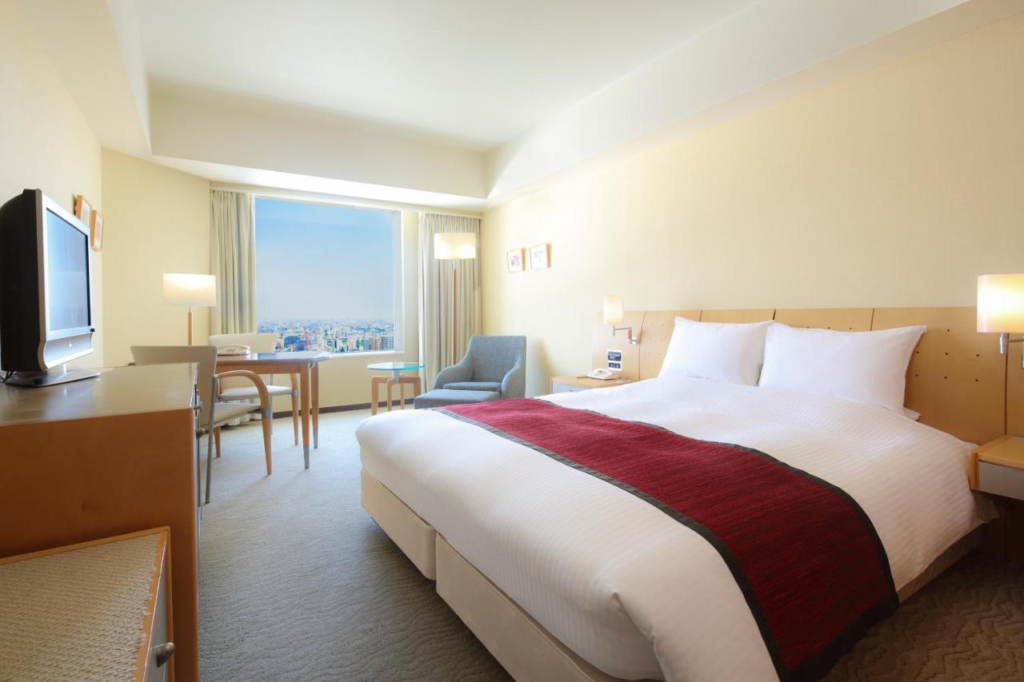
Tokyo Dome Hotel offers spacious and elegant guest rooms with free WiFi. It is within a 6-minute walk from JR Suidobashi Station, Korakuen Subway Station and Suidobashi Subway Station, providing direct access to many tourist attractions. The hotel is a 20-minute train ride to popular areas like Akihabara, Imperial Garden and Ueno Park. Lively Shinjuku area can be reached within a 15-minute train ride.
Annex Katsutaro Ryokan (2 Stars)
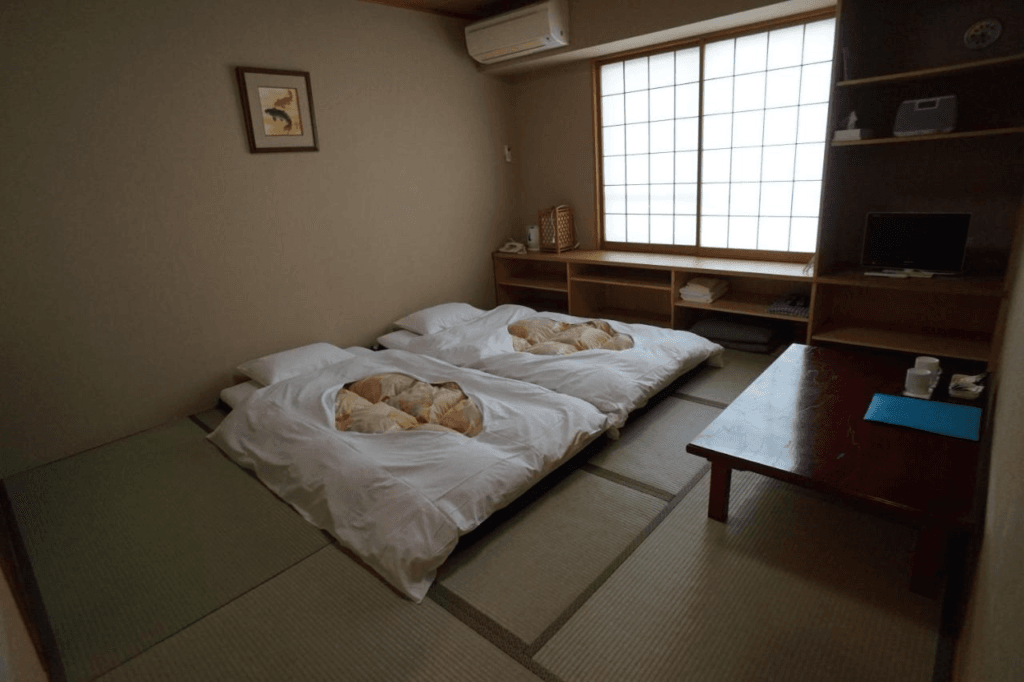
A 2-minute walk from Sendagi Subway Station, Japanese-style hotel Annex Katsutaro Ryokan features rooms with traditional tatami (woven-straw) flooring and free Wi-Fi internet. Katsutaro Annex is a 3-minute walk from Tenno-ji Temple and a 10-minute walk from Ueno Zoo and Ueno Park. It is an 8-minute walk to JR Nippori Station, which offers direct access to Akihabara and Tokyo Station.
URBAN LODGE Komagome (1 Star)

Located 600 m from TABATA Memorial Museum of Writers and Artists in Tokyo, URBAN LODGE Komagome provides accommodation with air conditioning and free WiFi. Popular points of interest near the apartment include Fabre Insect Museum, Atrevie Sugamo and Mori Ōgai Memorial Museum. The nearest airport is Tokyo Haneda International Airport, 20 km from URBAN LODGE Komagome.
Exploring the Rich Heritage of Bunkyo Ward
Bunkyo Ward in Tokyo is a fascinating blend of history and culture that beckons travelers to delve deeper into its vibrant tapestry. From its renowned universities and historical landmarks to its serene parks and charming local establishments, Bunkyo Ward presents a myriad of experiences waiting to be uncovered.
For those enchanted by local traditions, Bunkyo Ward stands as a testament to Tokyo’s rich heritage. Its festivals, such as the Bunkyo Azalea Festival, showcase the community’s pride in its natural beauty and cultural legacy. Meanwhile, the neighborhood’s culinary scene offers a tantalizing array of flavors, from traditional Japanese eateries to trendy cafes nestled among the streets.
Refer back to these insights to uncover hidden gems and make the most of your visit to this enchanting corner of Tokyo.

